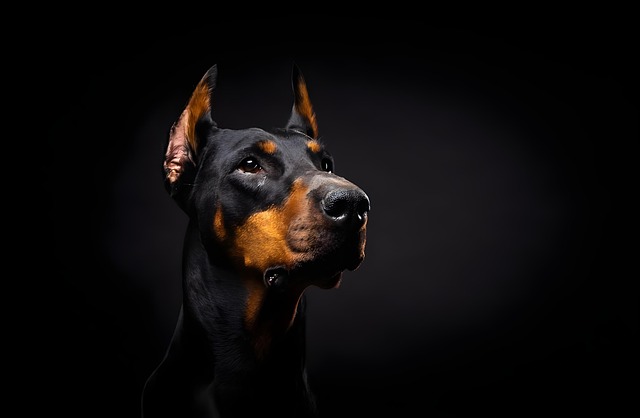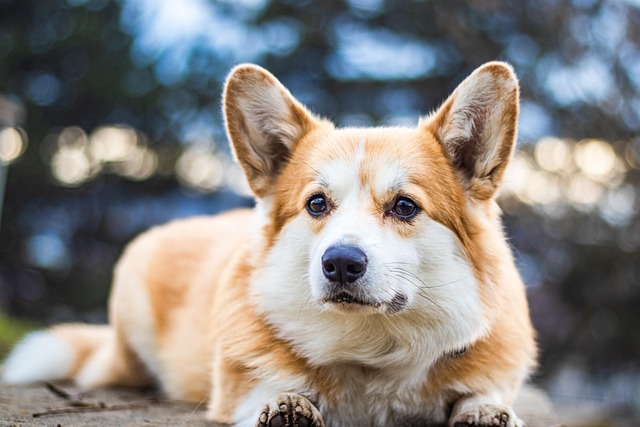
How to test for tetanus in dogs?
Tetanus in dogs often starts with subtle signs most owners miss—like a stiff jaw when grabbing a favorite chew toy or hesitation to climb stairs they once bounded up.
Hypothermia isn’t just something that happens to sled dogs in Alaska. It can show up in the most ordinary settings—a chilly backyard, a drafty apartment, or even after a damp walk in the neighborhood park. Understanding how to avoid hypothermia in dogs means knowing what it is and why it matters. Hypothermia happens when a dog’s body temperature falls below the normal range, usually under 99°F, which can quickly lead to slowed heart rate, organ trouble, and, if ignored, life-threatening complications. Dogs don’t always show they’re cold in obvious ways, so it’s easy to miss until things get serious. This condition isn’t just a winter issue, either—unexpected risks exist year-round, especially if you’re not tuned into your dog’s needs.
Most dog parents know to bring their pets inside during a blizzard, but it’s everyday habits increasing dog hypothermia risk that often slip under the radar. For example, letting your dog stay outside with wet fur after a bath or a rainy walk is a bigger deal than you might think. Water evaporating from their coat pulls away body heat fast—even on days that don’t feel all that cold to us. Another overlooked factor is shelter. Not all doghouses or backyard kennels provide real insulation. A plastic crate with a blanket may seem cozy, but if it’s not off the ground or protected from drafts, it’s almost like sleeping outside. Even what your dog eats matters. Dogs burn more calories staying warm, so skimping on food, especially for puppies, seniors, or skinny breeds, puts them at risk. These little things can add up, making preventing hypothermia in dogs at home a daily responsibility, not just a seasonal concern.
Spotting the early signs of hypothermia in dogs is key to stepping in before things spiral. Imagine coming home from a walk and your dog seems “off”—maybe he’s shivering, moving slowly, or acting strangely withdrawn. Instead of bouncing around, he curls up tightly and ignores his favorite toy. You might notice cold ears, paws, or gums that look pale or blue. Sometimes dogs get clumsy, seem confused, or even start whining for no obvious reason. These are warning signs that your dog’s body is having trouble keeping warm. Don’t chalk it up to laziness or moodiness; prompt action is what counts here. Recognizing these subtle changes early means you’ve got a much better shot at helping your dog recover quickly and comfortably.
So, what can you do in practical terms? The first step is making smart changes in your daily routine. After walks in rain, snow, or even heavy dew, dry your dog thoroughly with a towel or blow dryer (on a low setting). Don’t skip this just because you’re in a hurry or it doesn’t feel that cold out. For breeds with thin coats or puppies who can’t regulate body temp well, a dog sweater or jacket is more than just cute—it’s a useful tool. At home, make sure your dog’s bed is raised off cold floors and away from drafts. Put their sleeping spot in a warm corner, not right by the back door. If you live in an apartment with tile or wood floors, consider a heated pad designed for pets, but always follow safety instructions. Keeping up with regular, balanced meals is another simple but critical dog care tip to prevent hypothermia, especially during the colder months. If you notice your dog losing weight or seeming less active, it may be time to talk to your vet about adjusting their diet.
There are situations where home care just isn’t enough. If your dog has been cold and wet for a while and is showing clear signs of hypothermia—like severe shivering, trouble walking, or unresponsiveness—it’s time for professional help. Don’t try to warm them up with electric blankets or hot water bottles; these can burn sensitive skin. Instead, wrap your dog in warm towels and call your vet right away. If you’re out in public, remember that US animal welfare laws require you to keep your dog safe and healthy, which includes not exposing them to dangerous weather. In some communities, failing to provide proper shelter or care can lead to legal trouble. When in doubt, err on the side of caution and seek veterinary advice.
Staying on top of how to avoid hypothermia in dogs isn’t just about following a checklist; it’s about building habits that fit your lifestyle and your dog’s unique needs. Whether you share a city apartment or a house with a backyard, every small action—drying off after a rainy walk, double-checking that cozy spot in the living room, or just watching for those little behavior changes—makes a real difference. Positive reinforcement is always the way to go: reward your dog for coming inside, wearing a jacket, or settling down in their warm bed. Never force or punish—those approaches not only go against best practices for animal welfare but can damage your relationship with your pet. If you keep these principles in mind, you’ll be doing everything in your power to keep your dog safe, healthy, and happy, no matter what the weather brings.

Tetanus in dogs often starts with subtle signs most owners miss—like a stiff jaw when grabbing a favorite chew toy or hesitation to climb stairs they once bounded up.

If you’re a new dog parent in the US—maybe you’re standing in your Ohio apartment’s pet store aisle, holding a bag labeled “senior dog food” while your 8-year-old Dachshund

If you’re a new dog parent to a senior pup in the US—maybe you’re standing in your Florida apartment’s pet food aisle

Pet owners often worry about hidden health risks for their dogs, and toxoplasmosis is one that flies under the radar for many—understanding how dogs pick it up is key to keeping them safe.

If you’re a new dog parent in the US—maybe you’re standing in your Chicago apartment, staring at your 7-month-old Poodle mix, Bella

Tetanus in dogs comes from bacteria entering open wounds—think a deep cut from a rusty fence nail during a walk, or a scraped paw from digging in contaminated soil.